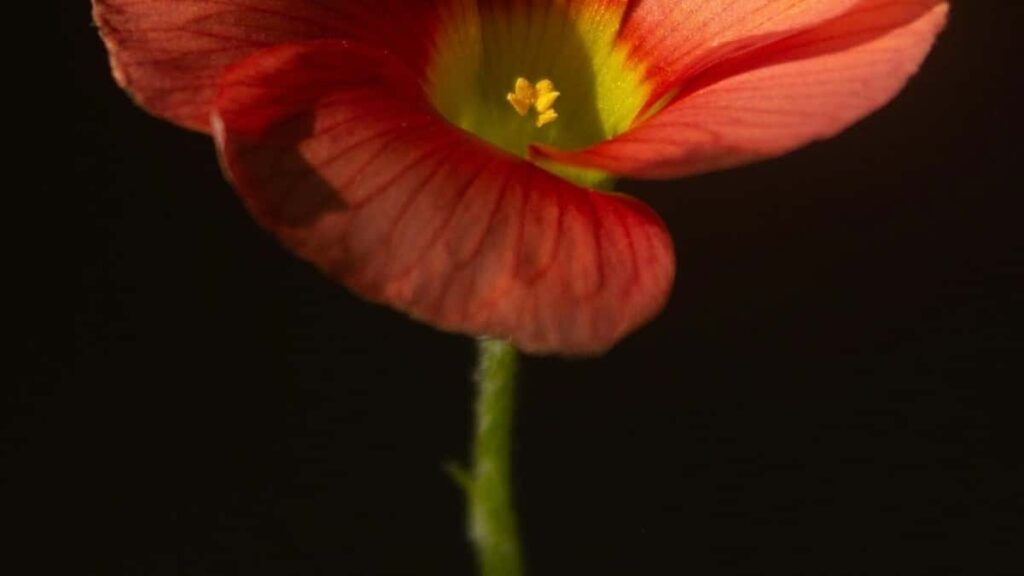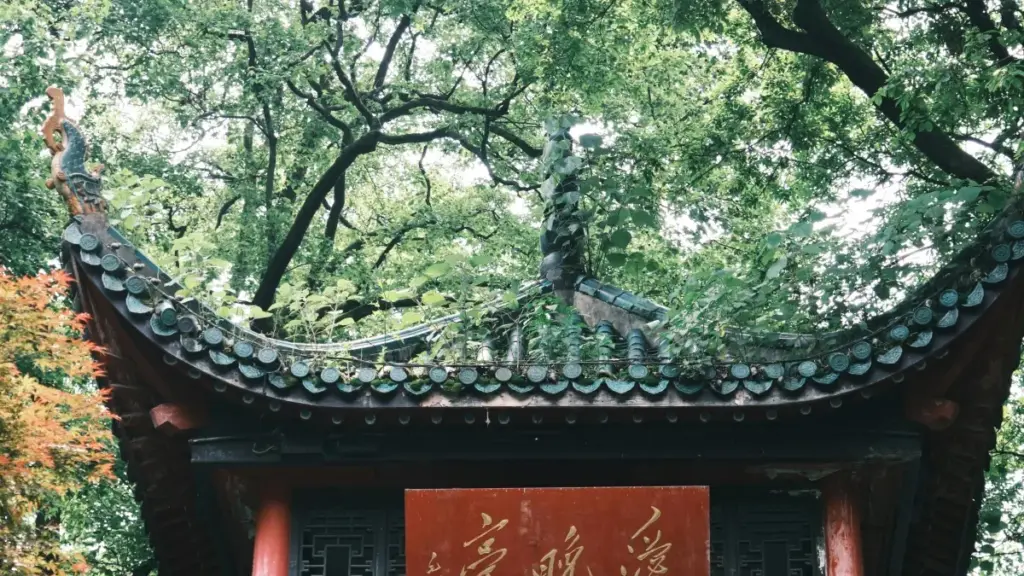💡 Why Zimbabwe advertisers should care about Sri Lanka Pinterest creators
If you sell physical products and you’re serious about product-led growth, creator content — the kinda stuff creators make to show a product in real use — is the secret sauce. But here’s the twist: you don’t have to only work with local creators. Sri Lanka has a compact, highly visual creator scene (think travel, food, homewares, small-batch fashion) that maps surprisingly well to niche product categories Zimbabwe brands are pushing — cosmetics, artisanal foods, travel kits, and home decor.
Why Sri Lanka? Two quick reality checks. One, Sri Lankan creators cost less on average than many Western counterparts but punch above their weight in creativity and authenticity. Two, Pinterest as a platform rewards evergreen discovery — good pins keep driving sales for months, not just a viral hour. Combine those and you get content that converts over time, not just a short-lived spike.
I’m writing this from a BaoLiba lens — we help brands find creators across borders — and I’m keeping it practical. I’ll show you step-by-step how to find Sri Lanka Pinterest creators, vet them quickly, and run small experiments that prove ROI before you splash big budgets. I’ll also point to real-world parallels: tourism boards inviting creators to experience a place (a tactic used by Singapore’s STB to engage Indian travellers) and accelerator programmes that nurture creators into small creative businesses (see the Creative DNA fashion accelerator working with African designers). Those examples show the power of investment, curation, and structured fam/trial trips to build reliable creator supply — something you can adapt on a smaller scale for product-led growth.
This guide is for Zimbabwe advertisers who want practical moves — not theory. Expect search hacks, outreach templates, testing frameworks, and a budget-minded scaling plan that respects time zones and shipping hassles. No fluff, just what works if you want measurable growth from creator content in 2025.
📊 Data Snapshot: Platforms comparison for Sri Lanka creators 📈
| 🧩 Metric | Pinterest (Sri Lanka creators) | Instagram (Sri Lanka creators) | TikTok (Sri Lanka creators) |
|---|---|---|---|
| 👥 Monthly Active (est.) | 1.200.000 | 2.500.000 | 2.000.000 |
| 📈 Product Conversion (est.) | 10% | 6% | 7% |
| 💸 Avg creator fee per post (USD est.) | 50 | 120 | 80 |
| 🎯 Best content style | Pinned tutorials & mood boards | Gallery + Stories | Short viral clips |
| ⏳ Evergreen lifespan | 6–12 months | 1–3 months | 1–2 months |
The table compares where Sri Lanka creators shine on each platform: Pinterest tends to be lower-volume but higher-conversion for product discovery, Instagram offers reach and influencer polish at higher fees, while TikTok is great for quick viral moments. Use Pinterest for long-tail product content and testing funnels, Instagram for aspirational branding and partnerships, and TikTok for awareness bursts tied to trend cycles.
MaTitie IT’S SHOWTIME 😎
Hi, MaTitie here — the guy behind this post and someone who’s tested creator funnels across borders. I’ve worked with creatives in Africa and Asia, pushed products into markets with tiny budgets, and yes — I plug VPNs when the platform gets fussy.
Platforms sometimes behave differently depending on where you are. If you need reliable access or want privacy when researching creators, a VPN helps. For speed, reliability, and a clean streaming or browsing experience in Zimbabwe, I recommend NordVPN.
👉 🔐 Try NordVPN now — 30-day risk-free. It helps with consistent access and smooth uploads.
This post contains affiliate links. If you buy something through them, MaTitie might earn a small commission.
💡 How to find Sri Lanka Pinterest creators — step-by-step (practical playbook)
1) Start with Pinterest native search — but be clever
– Use long-tail searches with Sri Lankan context: “Sri Lanka home decor”, “colombo recipes”, “sri lankan skincare routine”. Filter by recent pins and then click through to the creator’s profile. Pinterest’s search leans discovery-first: pins that show product use, how-to, or step-by-step tutorials are your gold.
– Save promising profiles into a private board so you can see patterns: frequency, comment activity, and whether pins link to shoppable pages.
2) Cross-check with BaoLiba and other creator directories
– After you shortlist profiles, search them on BaoLiba to check regional rankings, category tags, and contact info. BaoLiba’s hub helps you compare creators by region and category without endless DMs. Use the platform to filter creators who already work across borders — they’ll understand logistics and cross-currency issues.
3) Use hashtag and location triangulation on other platforms
– A Sri Lankan creator active on Pinterest usually posts similar content on Instagram or TikTok. Use hashtags like #srilankacraft, #colombolife, #srilankanfood to find overlaps. The Kuwait Times piece about “bloggers support” in hospitality shows that hospitality and food creators often cross-post; this is true for Sri Lanka too — many travel and food creators will have complementary content across platforms (Kuwait Times).
4) Vet quickly — what to look for in 5 minutes
– Real engagement: comments that read like sentences, not single-word emojis.
– Content mix: a balance of aspirational and how-to content (product-led creators show the product in use).
– Link behaviour: are pins linking to shoppable pages, blogs, or affiliate links? That signals commercial readiness.
– Past brand work: check captions for campaign tags or collabs. If you need deeper checks, use tools like Indatika (reported by Diario16plus) for influencer performance metrics — it’s useful to validate reach claims.
5) Small paid test before full campaign
– Run a micro-campaign: pay for 1–3 pins or a small creator bundle (a pinned tutorial + a product board). Measure clicks, add-to-cart, and conversion over 30–90 days. Pinterest content compounds — expect gradual returns. If the test returns a 2–3x CAC improvement over your baseline, double down.
6) Shipping, payments, and contracts — practical things advertisers ignore
– Work out shipping upfront: pick a flat per-unit reimbursement or a local fulfilment partner. If stock shipping is complex, use referral codes or digital products as a start to avoid logistics headaches.
– Contracts should include usage rights for pins (Pins often live forever — negotiate multi-month commercial use). Keep clear KPIs: saves, clicks, affiliate sales, and UTM parameters.
7) Use AI for discovery — but human-check every pick
– TravelandTourWorld highlighted AI’s role in travel (AI in Travel 2025). Use AI tools to scan bios, topic clusters, and engagement patterns — but always make a final human check for tone and cultural fit. AI finds candidates fast; humans close the deal.
8) Consider curated fam-style experiences for top creators
– STB’s approach of hosting creators (from the Reference Content) shows the value of experiential investment. For a few top Sri Lanka creators, offering a product-first experience like a sponsored trial or mini-fam trip (even local) can create more authentic content series that drives long-term sales.
🙋 Mibvunzo Inowanzo Bvunzwa (Frequently Asked Questions)
❓ How do I measure Pinterest creator ROI vs Instagram or TikTok?
💬 Use measurement windows tuned to the platform.
💬 Pinterest is slower but more stable — track 30–90 day attribution and measure saves and click-to-cart. Instagram/TikTok are shorter; measure immediate conversion within 7–21 days. Combine UTM links and promo codes for clear attribution.
🛠️ What’s a safe outreach template for first contact?
💬 Keep it short, local, and respectful.
💬 Introduce your brand, call out a specific pin or post you liked, state the paid test offer (amount or deliverables), and suggest next steps. Offer a WhatsApp or Telegram contact — many Sri Lankan creators prefer quick messaging apps.
🧠 Should I prioritise creators with big follower counts?
💬 Not necessarily. Micro-creators (10k–100k) often have higher niche trust and better conversion for product-led growth. Start with 3–5 micro tests, then scale the creators who show best unit economics.
🧩 Final Thoughts…
Cross-border creator work is a practical lever for Zimbabwe advertisers wanting repeatable product-led growth. Sri Lanka offers a mix of affordable, visually strong creators who understand evergreen content — especially useful on Pinterest. Use a blend of search tactics, platform tools (BaoLiba helps), AI-assisted shortlists, and human vetting. Test small, protect usage rights, and treat creators as partners rather than just distributors. Do that and you’ll get content that keeps converting longer than the usual launch week adrenaline.
📚 Verenga Zvimwe (Further Reading)
Here are 3 recent articles that give different context — from culture to trends to a lighter read:
🔸 Esta especie de tiburón vive 400 años y los científicos descubren el motivo
🗞️ Source: laopiniondemalaga – 📅 2025-08-31
🔗 Read Article
🔸 Kultfarbe auf dem Vormarsch: Orange! Orange! Orange!
🗞️ Source: tagesanzeiger – 📅 2025-08-31
🔗 Read Article
🔸 Team Conrad or Team Jeremiah? The summer we obsessed over a teen love triangle
🗞️ Source: mid_day – 📅 2025-08-31
🔗 Read Article
Ndapota, Chidimbu Chekuzvishingisa (A Quick Shameless Plug)
If you’re creating on Pinterest, Instagram, or TikTok — don’t let your creators disappear into DMs. Join BaoLiba — the global ranking hub built to spotlight creators across 100+ countries.
✅ Ranked by region & category
✅ Trusted by fans and advertisers
🎁 Limited-Time: 1 month of FREE homepage promotion when you sign up.
Questions? Ping [email protected] — we usually reply in 24–48 hours.
Chiziviso (Disclaimer)
This post mixes public sources, news snippets, and practical experience. I used items from the News Pool (e.g., Kuwait Times, TravelandTourWorld, Diario16plus) and reference examples like STB’s influencer outreach and Creative DNA’s accelerator as models — not as endorsements. This guide is for informational purposes; verify contract/legal/tax details locally before you run cross-border paid campaigns.


